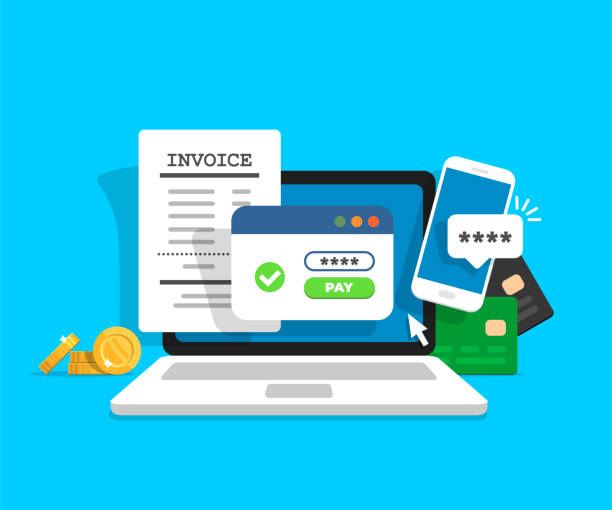
In the current COVID-19 situation, the e-learning market is thriving. Many people are interested in starting an online education business to take advantage of this opportunity. However, creating and selling courses online can be challenging, and careful planning is necessary. Here are some steps to follow for success:
- Choose a popular topic: Select a subject that people are interested in learning about, such as career advancement, certification, further education, or acquiring new skills. Some popular topics include technology, fitness, writing, entrepreneurship, arts, and STEM subjects.
- Build your online presence: Establish your brand by using platforms like YouTube, blogs, podcasts, etc., to share your expertise and engage with your target audience.
- Get the right equipment: Invest in good-quality equipment for recording your courses, such as a high-definition camera, lighting, editing software, and a well-written script. Even if you can’t afford a professional setup, do your best with what you have.
- Choose a hosting platform: Select a platform like Udemy or other online course marketplaces that provide easy access to host and sell your courses. Alternatively, you can self-host your courses, giving you more control but at a higher cost.
- Set the course fees: Determine the price for your online course by considering factors like development, marketing, and hosting costs, competitor prices, and your target audience’s income. You can offer lifetime access for a one-time fee, monthly payments, or multiple payment options.
- Start with a small audience: Test your course with a small group of people before launching it on a larger platform. This helps you identify any flaws, refine your course, and understand your audience’s needs and willingness to pay.
- Plan the buyer’s journey: Map out the stages of your audience’s decision-making process, from problem awareness to seeking solutions and making a purchase. Align your marketing and sales strategies accordingly.
- Encourage referrals: Once you have a customer base, offer attractive incentives for them to recommend your courses to others. Word-of-mouth recommendations can help you acquire more customers.
Remember these key points:
- Teach skills online to anyone, anywhere.
- Choose topics that help people advance in their careers or improve their resumes.
- Create high-quality courses with the right equipment and script.
- Increase your online presence through the right platform.
- Select a hosting platform and start selling your courses.
- Determine the course price based on various factors.
- Test your course with a small group before launching it.
- Use e-learning management tools and effective marketing channels.
- Consider different payment methods for your courses.
- Encourage course recommendations for future growth.
- Accept new students in batches to manage workload.
- Ensure your website is technically sound and functional.
By following these steps, you can create a well-planned strategy for your online education business.